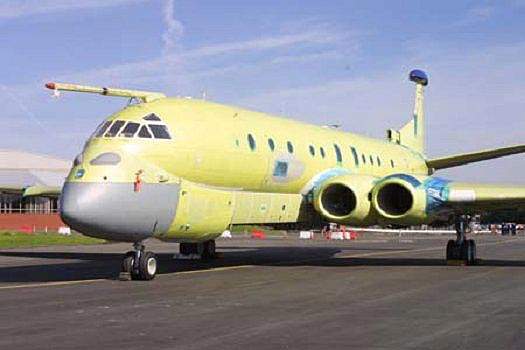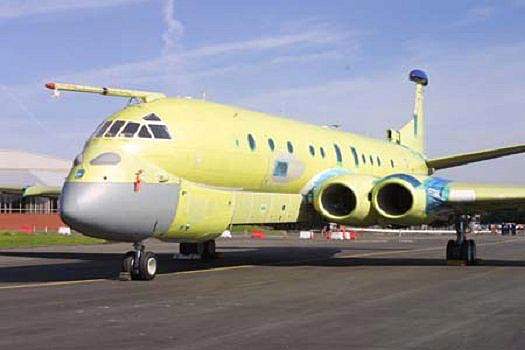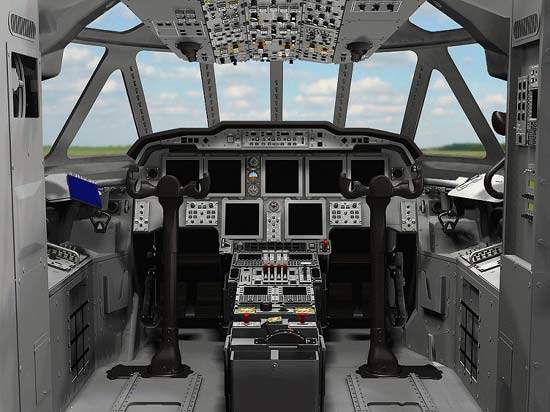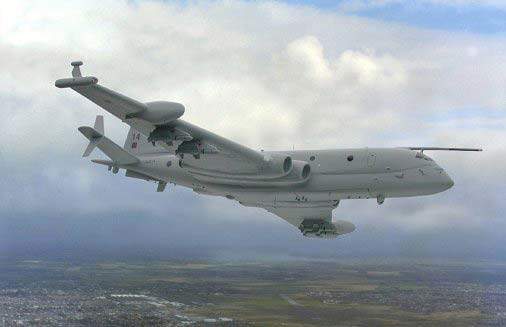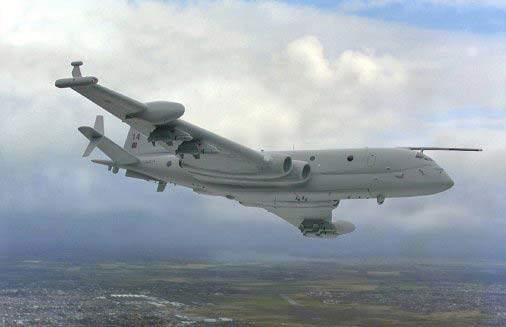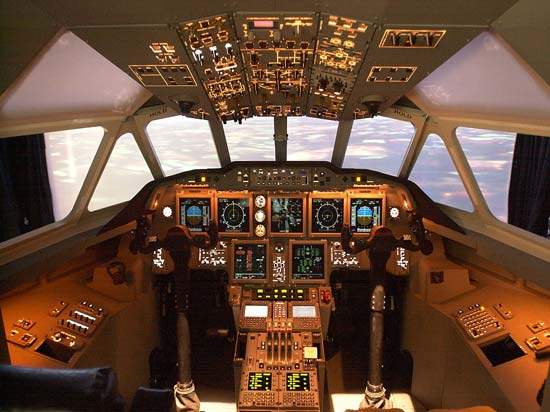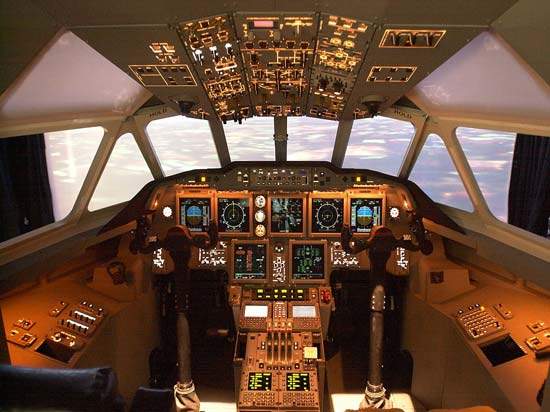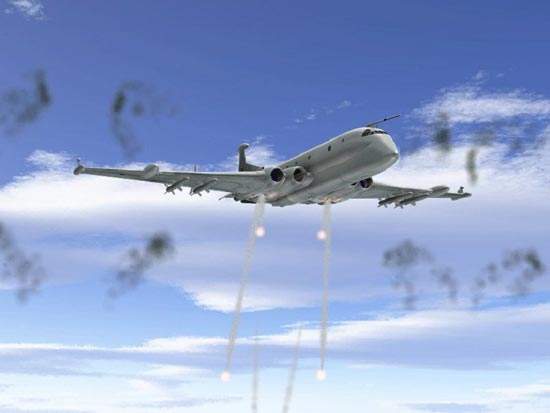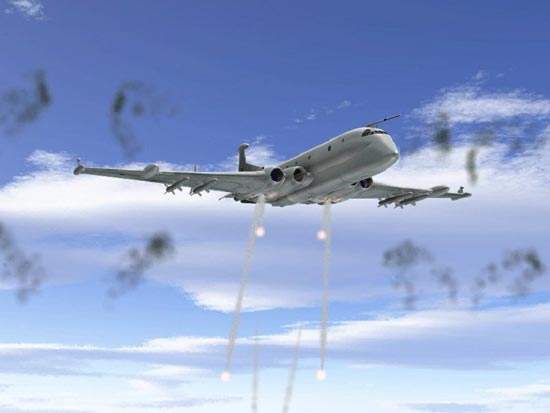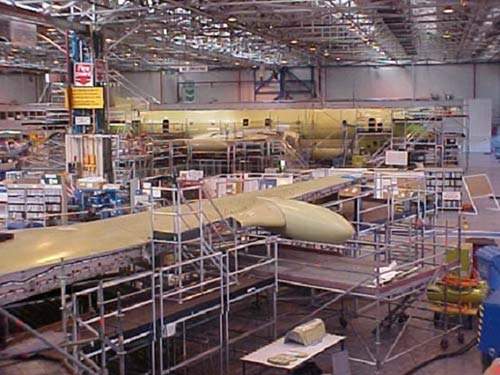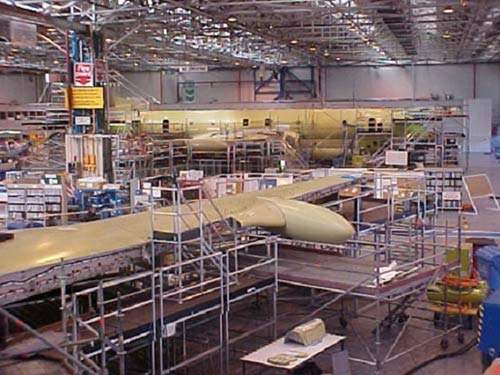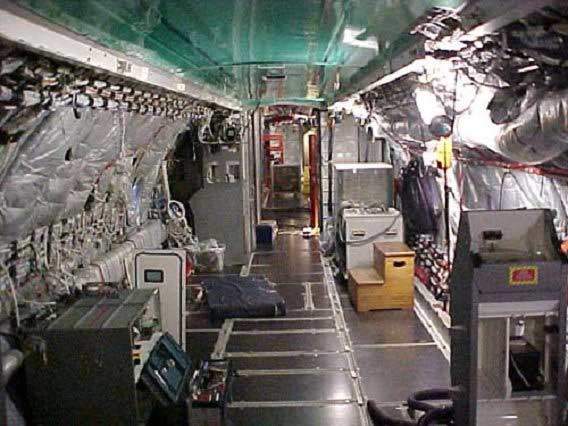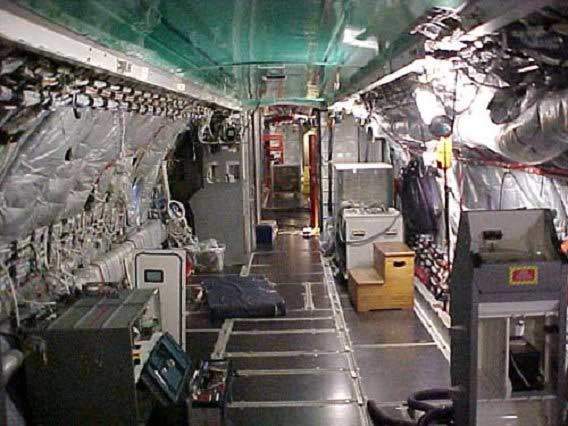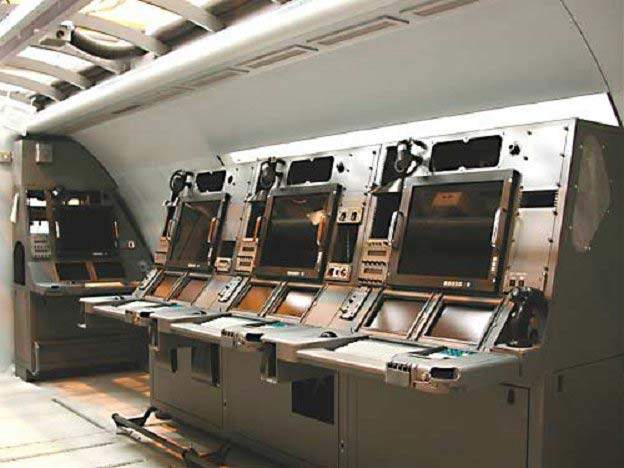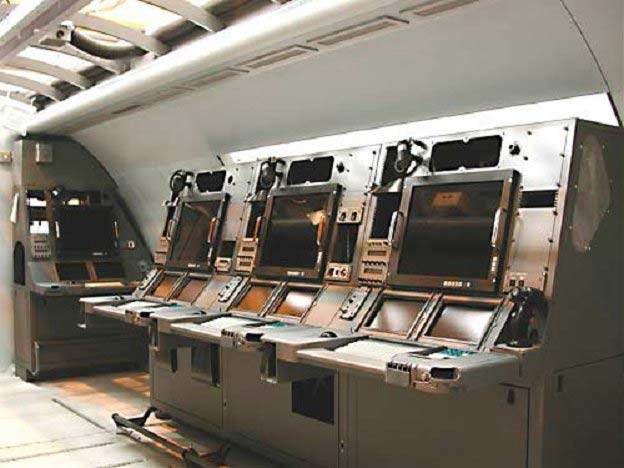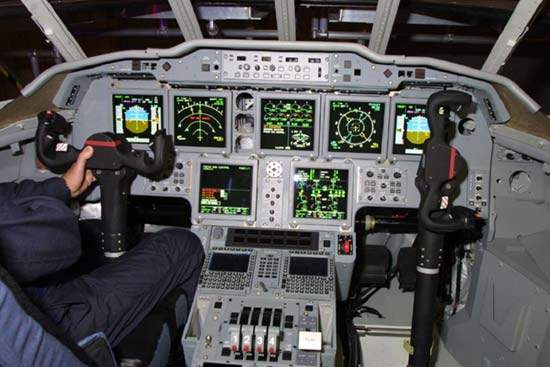In December 1996, BAE Systems was awarded a £2bn contract for the remanufacturing of 21 Nimrod MR mk2 aircraft to the new Nimrod MRA4 (Nimrod 2000) specification including new mission, sensor and avionics systems. In February 2002, the UK Ministry of Defence (MoD) reduced this number to 18 aircraft, citing a perceived reduction in the submarine threat. In July 2004, the MoD announced that this number was to be further reduced to 12 aircraft.
On 2 September 2006, a Nimrod MR2 surveillance aircraft exploded in the air in Afghanistan killing 14 personnel. The RAF board of inquiry report, released in December 2007, observed that the Nimrod design had a defect in its hot-air duct. In March 2009, the MoD announced that none of the Nimrod aircraft would be flown unless the faulty air duct was removed.
The official report that was released in October 2009, held the MoD, BAE Systems and safety monitoring company QinetiQ responsible for the 2006 accident. It accused the three parties of being negligent in reviewing the aircraft’s safety. The report observed that the accident could have been prevented had the MR2 upgrade to MRA4 been taken up without delay.
Nimrod MRA4 programme
The Nimrod MRA4 maritime reconnaissance and attack aircraft was rolled out in August 2002. In February 2003, the programme was restructured.
The first flight of the PA1 flight trials aircraft, which has no mission system fitted, took place in August 2004. The PA2 with full fit mission system first flew in December 2004. The PA3 aircraft began flight testing in August 2005. PA4, the first production aircraft, began engine ground runs in June 2009.
In July 2006, the UK MoD awarded the production contract for 12 Nimrod MRA4 aircraft to BAE Systems. The first three prototypes were planned to be converted to production aircraft. The production of remaining nine aircraft was undertaken at the company’s site in Woodford.
In August 2007, the Nimrod MRA4 successfully released a BAE Systems Stingray torpedo for the first time, off the coast of West Wales at the Aberporth range.
BAE Systems is the prime contractor for the programme with Boeing of Seattle responsible for the tactical command system. The MRA4 prototype development programme was completed in 2009.
PA4, the first production aircraft, began engine ground runs in June 2009. It flew for the first time in September 2009. It was delivered to the RAF in March 2010.
By October 2010, two aircraft had been built, but they will not enter service as the UK Government has cancelled the contract due to delays and the high cost of the programme. Removing Nimrods from service is expected to save about £2bn over ten years.
In January 2011, dismantling of the Nimrod MR4 warplanes commenced at BAE Systems’ Woodford site. The dismantling process was executed far from the public view.
Design
The remanufacture of the MR2 aircraft involved an extensive reconstruction. The aircraft was stripped and the outer wings cut off and the centre box, including both inner wings, were removed from the fuselage which was stripped back to the bare alloy.
The new wings were built by BAE Systems at Woodford. The aircraft also had new undercarriage and hydraulics systems fitted.
Cockpit
The cockpit is configured for two-pilot operation. The all-glass cockpit features many of the systems, displays and architecture found in the airliners built by the Airbus Industrie consortium. The flight deck has seven full-colour liquid crystal displays.
Many of the instruments and controls on the flight deck of the earlier version of Nimrod have been eliminated by the high level of automation in the aircraft’s control systems which have taken over the work load of the flight engineer.
Weapons
BAE Systems collaborated with Boeing to develop the Nimrod MRA4 tactical command system, a variant of the Boeing TMS-2000, as the heart of the overall mission system. Nimrod’s tactical crew would have operated seven reconfigurable operator workstations each with large high-resolution multifunction colour display screens.
Nimrod MRA4 is equipped with a stores management system from Smiths Industries which carries out inventory tracking and control, air-to-air and air-to-sea weapon control, and built-in test and fault diagnostics.
The aircraft has a weapons bay with side opening doors at the bottom of the fuselage which can carry fuel tanks, torpedoes (including the BAE Systems Stingray lightweight anti-submarine torpedo) and sonobuoys. Ultra Electronics developed an improved version of the passive localisation Barra sonobuoy with digital signal processing. The new wing had two additional hardpoints, providing four weapons pylons for the carriage of Boeing AGM-84 Harpoon anti-ship missiles or AIM-9 Sidewinder air-to-air missiles from Lockheed Martin and Raytheon.
Sidewinder is an all-aspect short-range missile with maximum speed over Mach 2, for defence against hostile aircraft. The AGM-84 is the air-launched version of the all weather anti-ship Harpoon missile, with a range over 50 nautical miles and a high subsonic speed.
Sensors
Nimrod MRA4 has a Searchwater 2000MR multi-mode pulse Doppler search radar from Thales Defence and an EOSDS electro-optical surveillance and detection system, supplied by Northrop Grumman and turret-mounted under the nose. The aircraft is also equipped with a radar warning receiver, an Elta electronic support measures system and magnetic anomaly detector (MAD) system.
Navigation
Nimrod MRA4 is equipped with a navigation and flight management system (NAV/FMS) from Smiths Industries. The NAV/FMS consists of a navigation computer and flight management computer which are interfaced to the aircraft’s MIL-STD-1553B data bus.
The navigation sensors include a laser inertial navigation system and two LN-100G global positioning systems from Northrop Grumman which provide redundant position, velocity and attitude data to the flight management system. The aircraft also has radio navigation, a microwave landing system and a TCAS 2 traffic alert and collision avoidance system.
The systems automatically control the aircraft and carry out optimum performance calculations, trajectory projections, flight planning, navigational positioning, lateral and vertical guidance, tactical waypoint steering and navigational data storage.
Utility management system
The utility management system (USMS), supplied by Smiths Industries, provides integrated control, monitoring and test of the main Nimrod MRA4 systems: flight controls, undercarriage, hydraulics, environmental control, fuel, electrical systems, engine starting and auxiliary power unit monitoring.
The USMS uses four general-purpose computers which automatically control the systems and are interfaced by a digital databus to the aircraft’s systems. Data are downloaded to the USMS from more than 800 aircraft sensors.
Engines
The aircraft has four Rolls-Royce BR710 engines which, together with additional fuel capacity, increase the aircraft’s performance and endurance, and provide a maximum speed of Mach 0.77.

